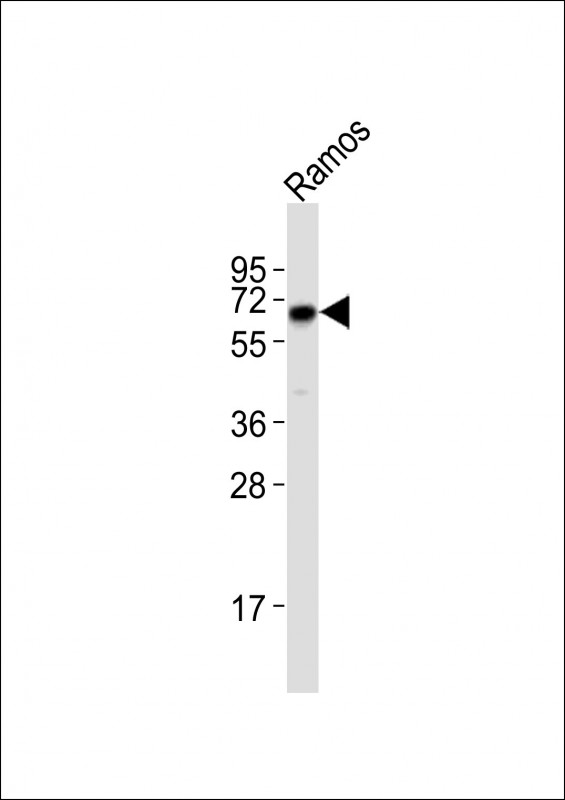产品名称
IL28RA Rabbit Polyclonal Antibody (Center)
别名
Interferon lambda receptor 1, IFN-lambda receptor 1, IFN-lambda-R1, Cytokine receptor class-II member 12, Cytokine receptor family 2 member 12, CRF2-12, Interleukin-28 receptor subunit alpha, IL-28 receptor subunit alpha, IL-28R-alpha, IL-28RA, Likely interleukin or cytokine receptor 2, LICR2, IFNLR1, IL28RA, LICR2
存储缓冲液
Purified polyclonal antibody supplied in PBS with 0.09% (W/V) New type preservative N. This antibody is purified through a protein A column, followed by peptide affinity purification.
Human Swissprot No.
Q8IU57
特异性
This IL28RA antibody is generated from a rabbit immunized with a KLH conjugated synthetic peptide between 387-420 amino acids from the Central region of human IL28RA.
运输及保存条件
Maintain refrigerated at 2-8°C for up to 2 weeks. For long term storage store at -20°C in small aliquots to prevent freeze-thaw cycles.
背景介绍
The IFNLR1/IL10RB dimer is a receptor for the cytokine ligands IFNL2 and IFNL3 and mediates their antiviral activity. The ligand/receptor complex stimulate the activation of the JAK/STAT signaling pathway leading to the expression of IFN-stimulated genes (ISG), which contribute to the antiviral state. Determines the cell type specificity of the lambda interferon action. Shows a more restricted pattern of expression in the epithelial tissues thereby limiting responses to lambda interferons primarily to epithelial cells of the respiratory, gastrointestinal, and reproductive tracts. Seems not to be essential for early virus- activated host defense in vaginal infection, but plays an important role in Toll-like receptor (TLR)-induced antiviral defense. Plays a significant role in the antiviral immune defense in the intestinal epithelium.
细胞定位
Membrane; Single-pass type I membrane protein
功能
The IFNLR1/IL10RB dimer is a receptor for the cytokine ligands IFNL2 and IFNL3 and mediates their antiviral activity. The ligand/receptor complex stimulate the activation of the JAK/STAT signaling pathway leading to the expression of IFN-stimulated genes (ISG), which contribute to the antiviral state. Determines the cell type specificity of the lambda interferon action. Shows a more restricted pattern of expression in the epithelial tissues thereby limiting responses to lambda interferons primarily to epithelial cells of the respiratory, gastrointestinal, and reproductive tracts. Seems not to be essential for early virus-activated host defense in vaginal infection, but plays an important role in Toll-like receptor (TLR)- induced antiviral defense. Plays a significant role in the antiviral immune defense in the intestinal epithelium.

